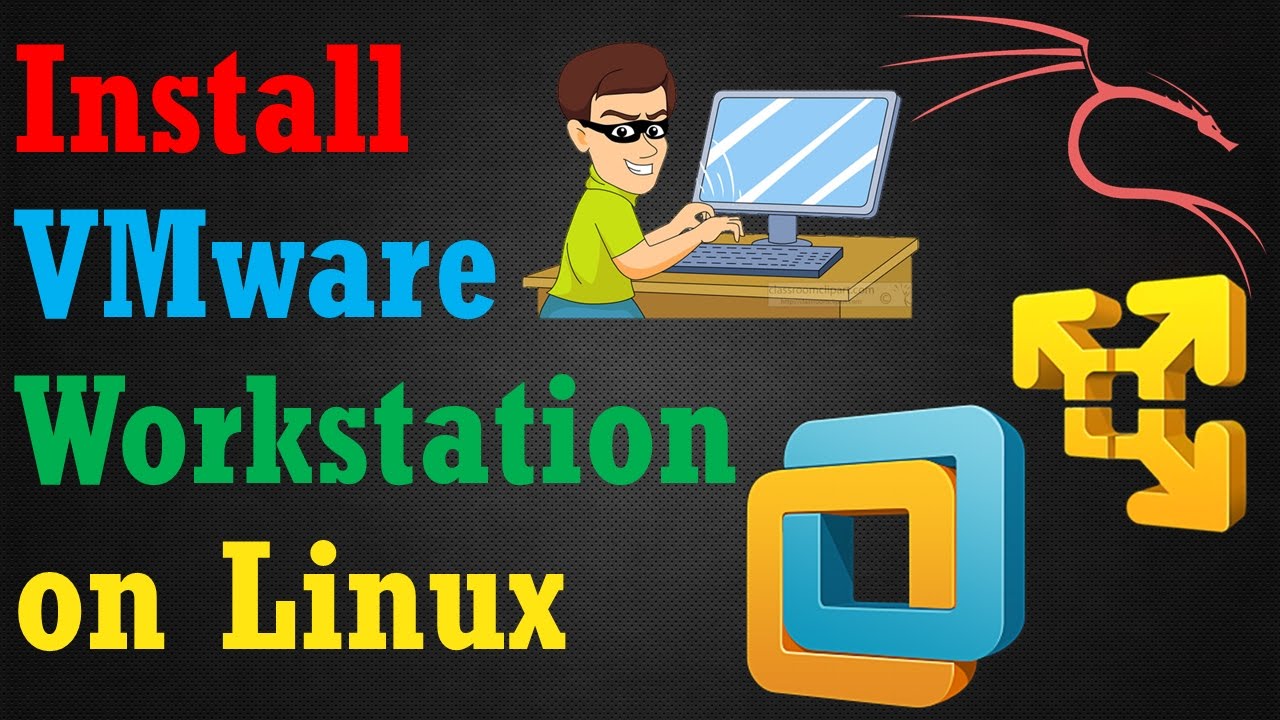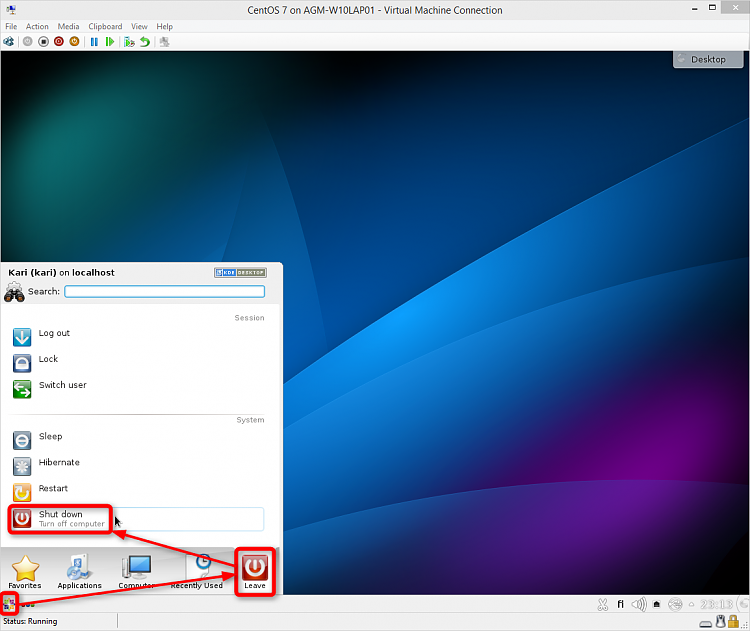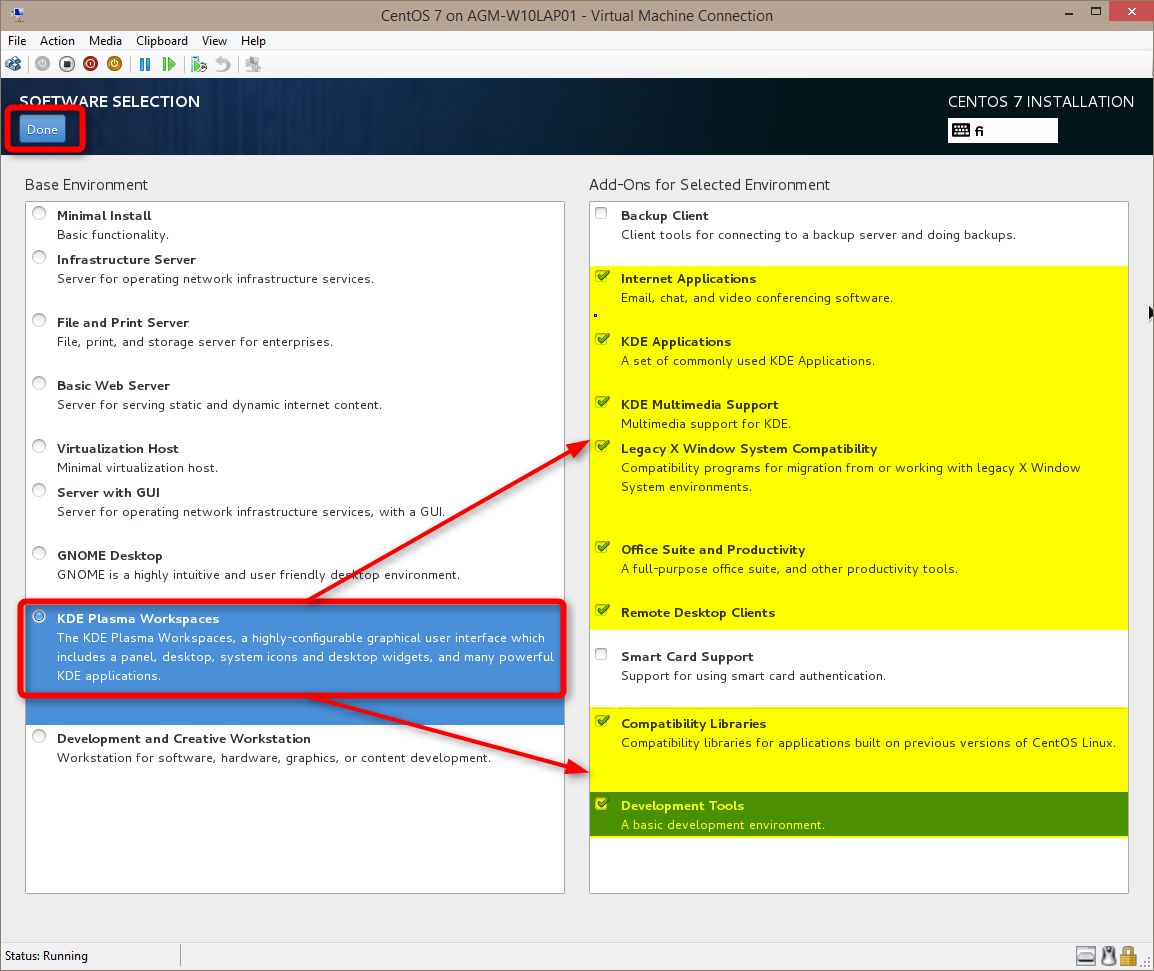


It could be said to be the most popular Linux distro currently and has a huge user community. It may be the first option for many Linux beginners.Which one should you use to create a Linux VM? Most people may use the following ones: To know more about them, you can refer to this post: Dual Boot vs Virtual Machine: Which One Should You Choose? What Linux Distro Should You Use? Of course, a Linux virtual machine also has other advantages. You can search for various Linux guides on Windows and apply them on the Linux VM without worrying about PC crashes or other PC issues. On the contrary, creating a Linux virtual machine is the best way for beginners to learn Linux. If you install Linux on your computer directly, it’s not easy for you to learn Linux and it may mess up your computer.


However, if you want to become a software developer, you must learn Linux.Ĭompared to Windows, Linux has a steep learning curve. It is easy to use and many people can use it without any training. Why Do You Need to Create a Linux Virtual Machine?Īs we all know, Windows systems accounted for the largest share of the PC market for many years. How to Create a Linux Virtual Machine on Windows 10.What Virtual Machine Tool Should You Use?.Why Do You Need to Create a Linux Virtual Machine?.It tells you how to choose a proper Linux distro and VM software, and offers you a detailed Linux VM creation guide. This is a more general workaround than the one I used and should work in many more situations, including with Ubuntu on a bare machine and not in a VM.Do you need to create a Linux virtual machine on your Windows PC? This post from MiniTool Partition Wizard may help you. I considered, if necessary, modifying the systemd configuration files to make nmbd not start until network initialization was done. This workaround was fine for my case but might not be sufficient in all cases. With this change, nmbd came up properly and all my problems disappeared. My workaround was to increase the number of threads available to Ubuntu to 4. In addition, the VM had only been given one thread which slowed things down even more. The reason for this situation was that Ubuntu was running in a VM and hence was taking longer than normal to initialize and the network was not yet available when nmbd tried to initialize itself. It was crashing, because it needed a working network before completing its' initialization. The component nmbd in Ubuntu that actually publishes shares via Netbios was crashing and was unable to report the existence of the Samba shares. However, I had to overcome a Linux bug that is at least 10 years old and was reported to Fedora in 2009. I solved this problem by implementing Samba in Ubuntu and connecting to the Samba shares from Windows.


 0 kommentar(er)
0 kommentar(er)
